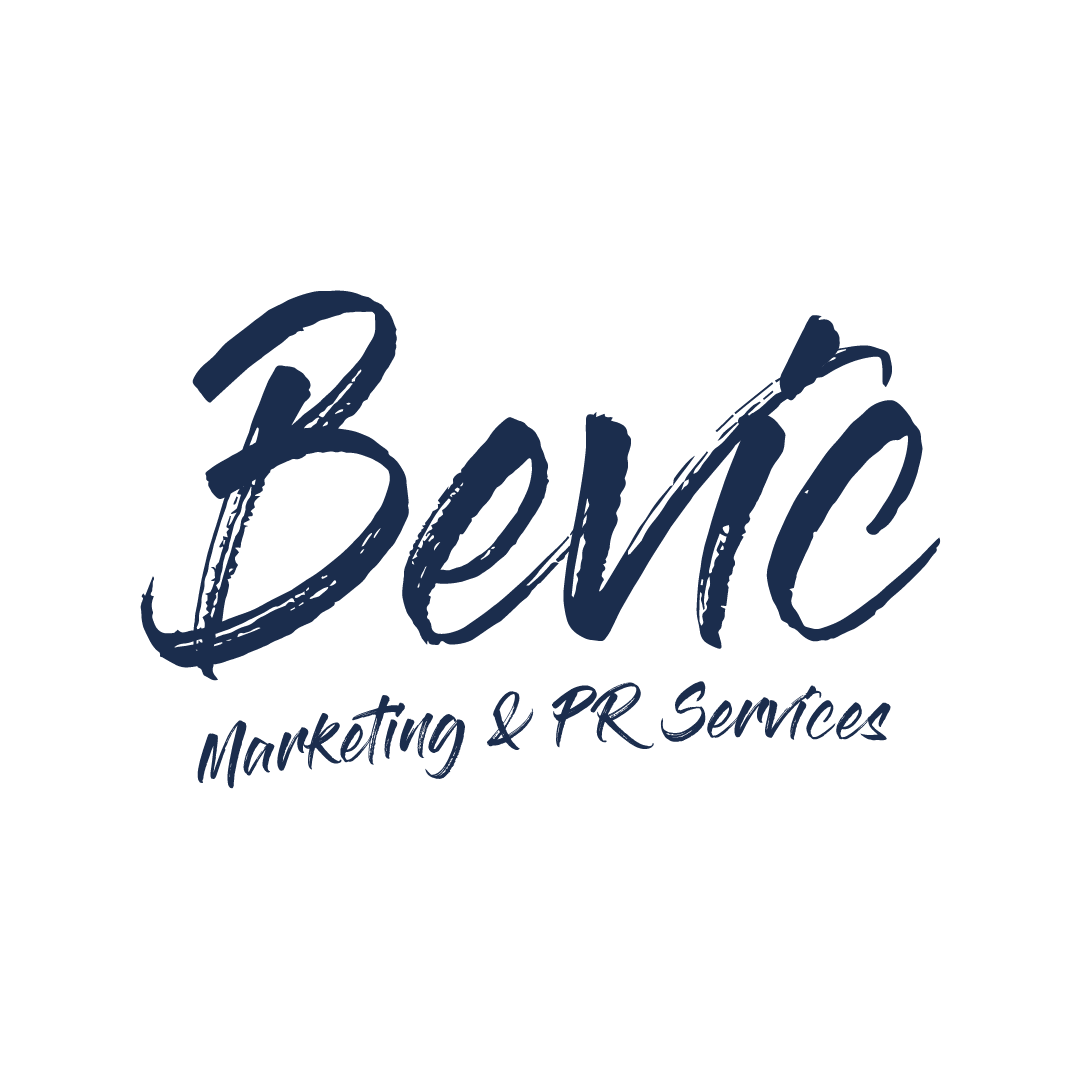How to make your story hit the headlines.
Whether it’s promoting a product, an event, campaign or even yourself, the art of public relations (PR) can create amazing opportunities to increase brand awareness, attract customers, investment, connections and ultimately contribute to a positive impact on the business’ bottom line.
You can pitch your story to particular target markets, reaching out to the media and journalists that are interested in what you have to offer.
But how do you get the coverage in the media you’ve targeted? What makes a journalist stop and pay attention to your press release over and above all the others they receive?
Before you put pen to paper or start typing up that release, we caught up with award winning TV journalist Mark Kielesz-Levine to get his expert opinion on the key things you should consider before pitching to journalists.
Mark, how important is the press release? Do you need to write a full release or is a basic outline enough?
When attracting the attention of reporters or staff in a news room, a full press release is really important. What is also crucial is having a decent 'top line' that is relevant to them. By that I mean, within the reporters/news room's patch or the kind of story they are familiar with, such as human interest. Ideally the top line should be eye catching enough that they will read on and the rest of the press release should contain the important aspects such as time, location and available interviewees.
Another big draw, especially where TV is concerned, is what 'pictures' will be on offer to shoot. Note that this is completely different to a photographer or print journalist. Its relevant for TV Journalists who often self shoot their own stories and radio journalists who are increasingly required to take video on their smart phone.
The best way to get TV journalists/stations to cover the story is by giving access to something visual that helps contextualise the story. For example, a new restaurant opening should offer access to the kitchen and food being prepared, an interview with an athlete before a big competition should give access to some training and so on. Offer interviews with key people but don't overwhelm by offering too many voices- often 2 or 3 is enough.
What's the biggest no-no for you when being sent a story and guaranteed to be heading straight for the trash folder?
The trap that most PR/marketing companies fall into is making it purely a PR exercise that simply won't air on news programmes or radio bulletins. An example of this would be a celebrity opening a new ‘Windows and Doors’ showroom. The celebrity is fine enough, but the story is just an opening of a showroom and would never make the news. In this respect not only do you have to be careful to not make things 'too PR-y' but know who to target in the media. Press releases with no interesting top line will often not get read fully too. There are ways to make commercial activities newsworthy but it’s not one size fits all and not relevant in every case. But if that same ‘Window and Doors’ company were offering free double-glazed windows to pensioners and those below the poverty line before the winter, suddenly you have a decent top line which would make it more interesting to media outlets.
What would be your top three pieces of advice for getting your story in the media?
My top three advice would be:
Make it relevant with a good top line, as newsworthy as possible
Make it visual and think about pictures, if you cater for TV, you cater for all.
Lay off the marketing and PR speak, make the facts, person, news angle the focus of the campaign or story.
Thanks Mark, some great tips!
Ultimately, Public Relations is just one of the tactics you can employ to market your business. When PR works alongside either a social media strategy or an advertising campaign you will generate a greater return on your time and effort, especially when part of an integrated plan with clear strategic aims. To find out more about the risk of simply looking at short term tactical options, read our previous blog post on why a clear objective and strategy is a must for business success.

